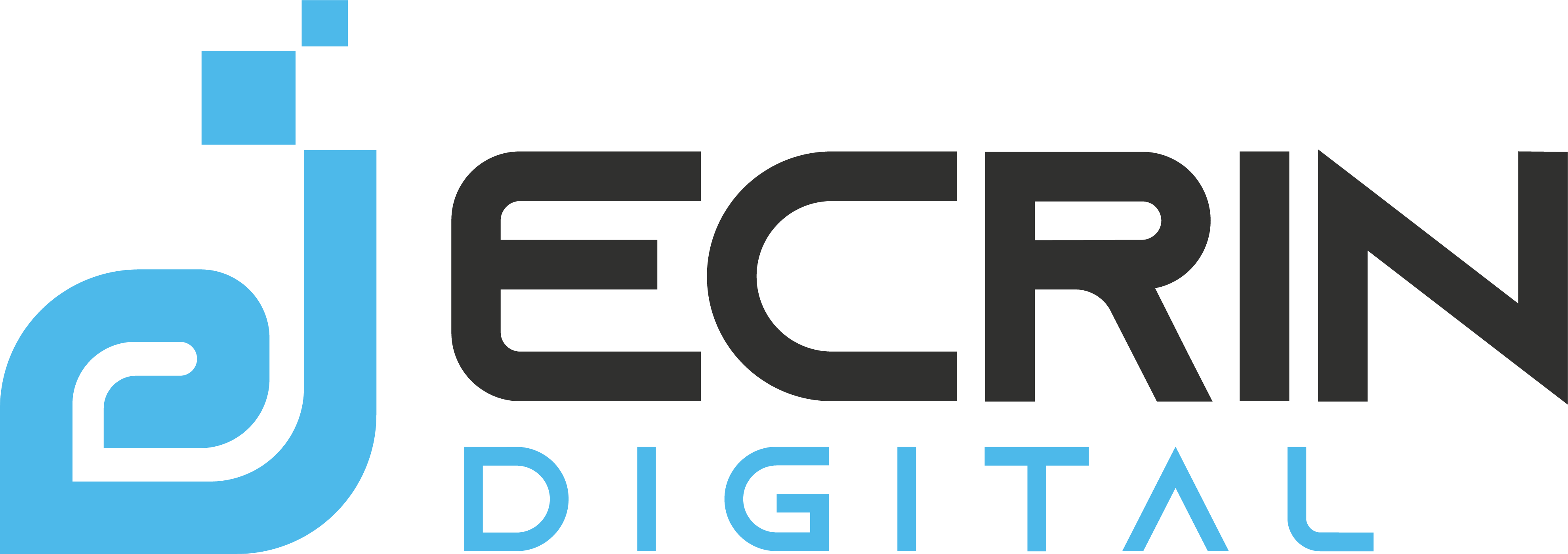Why and How I Use C#.NET for Developing My Clients' Solutions

As you may know, I am not only a computer science student but also the CEO of my own microenterprise. My goal is to deliver robust and efficient digital solutions to my clients, ranging from web applications to native applications. I’ve worked with a multitude of languages and technology stacks, but one in particular has captured my attention.
Choosing a language
I was searching for a programming language that was versatile, had an appealing syntax, and offered a promising professional perspective. Above all, it needed to be a language that was comprehensive and efficient, enabling me to produce high-quality software applications within realistic timelines.
After considering several potential candidates, I decided on a language that struck an ideal balance between functionality, developer-friendliness, and industry relevance - C#.NET.
Why C#.NET?
First and foremost, the versatility of C#.NET is simply unparalleled. It’s capable of building a diverse range of applications, from complex web solutions with Blazor to efficient mobile applications using Xamarin/MAUI. This capability to handle different types of projects is a significant advantage, especially when managing various client requests. With one language, I can deliver various solutions, reducing the learning curve and the need to switch between different programming environments.
The syntax of C#.NET is another aspect that I find extremely appealing. It is clean, intuitive, and logically structured. This not only makes the code easier to write but also to read and maintain. This can considerably reduce the likelihood of bugs and make troubleshooting a less tedious process.
Looking at it from a professional perspective, C#.NET continues to hold a strong position in the industry. It’s supported by Microsoft, one of the giants in the tech world, which ensures that the language is regularly updated and improved. Furthermore, the active and vast community around C#.NET means a wealth of resources, tutorials, and third-party libraries, providing invaluable support when tackling challenging problems or new tasks.
In conclusion, C#.NET has proven to be a reliable, capable, and productive tool in my software development toolkit. It is the language that I trust to bring my clients’ visions to life, providing them with the robust and efficient digital solutions they require.
How I am managing from development to the production phase ?
Managing a software development project from inception to production is a multifaceted task. It involves several stages, from setting up the development environment to testing, deployment, and maintenance. In my workflow, I use a variety of tools and methodologies to make the process more efficient, ensuring that my clients receive high-quality, reliable software solutions.
Project Creation and Development
When starting a new project in C#.NET, I typically use .NET’s powerful template system. This allows me to quickly set up a new project with the necessary structure and boilerplate code in place, saving time and ensuring a consistent project structure.
Throughout the development process, I adhere to best practices in the industry, including adhering to the SOLID principles, writing clean and maintainable code, and using version control (Git) to track changes and collaborate effectively if working with a team.
Unit Testing
Quality assurance is a crucial aspect of software development. For this, I leverage the built-in testing framework in .NET, which makes it easy to create unit tests for my applications. I’m generally using **xunit **with FluentAssertions, Moq, etc. These tests ensure each part of the application functions as expected and helps to identify and fix bugs before they become problematic.
Leveraging DocFX for Client Documentation
After the completion of coding and deployment stages, an often overlooked but crucial aspect of project delivery is documentation. Providing clear and comprehensive documentation is an integral part of delivering a complete solution to clients. It helps them understand the product better, facilitates troubleshooting, and is a boon for any future development work. To cater to this need, I use DocFX.
DocFx is an open-source documentation generation tool provided by Microsoft. It is capable of producing documentation directly from .NET source code. This feature simplifies the process of keeping the documentation in sync with the code, which can otherwise be a tedious task.
One of the biggest strengths of DocFX is its ability to generate API documentation. By reading the code and associated comments directly, DocFX can produce API documentation that is accurate, comprehensive, and easy to navigate. This is particularly useful for projects where the API forms a significant part of the deliverable.
Do not neglect documentation; it enhances the client’s perception of your work and underscores your professionalism.
Containerization and Continuous Integration
Once the development and testing stages are completed, I use Docker to containerize the application. Containerization isolates the application and its dependencies into a self-contained unit that can run anywhere, which improves the application’s portability and makes the deployment process easier and more reliable.
To automate the build and testing process, I use Continuous Integration (CI) tools with GitHub actions. These tools automatically build the application and run tests every time changes are pushed to the codebase, ensuring that the application is always in a releasable state.
Deployment and Monitoring
When it comes to deployment, I use tools like Skaffold (Google open-source tool) for orchestrating and managing the containers. This allows me to automate deployment, scaling, and management of the application, ensuring it runs smoothly in any environment.
Watchtower is a useful tool in my stack that keeps all my Docker images up-to-date. It watches for changes to the images and automatically updates them, ensuring the application always has the latest updates and security patches.
Finally, I use Portainer for managing my containers in production. Portainer provides a user-friendly interface that makes it easy to manage and monitor my containers, check their status, view logs, and more.
Client Access
Once the application is deployed and running smoothly, I provide my clients with access. Depending on the project requirements, this could be a web URL, a download link for a mobile or desktop application, or credentials to access a secured system. Throughout this process, I ensure to keep the clients updated, receiving their feedback, and making sure the solution fits their needs.
By combining the versatility of C#.NET with these effective tools and methodologies, I can efficiently manage my projects from development to production, delivering reliable solutions that meet my clients’ requirements.
The Joy of Coding with C#.NET
An aspect I haven’t discussed yet is the sheer joy and satisfaction I derive from coding in C#.NET. It’s more than just the tooling, versatility, or community support; there’s an intrinsic beauty in the language itself that makes my developer journey particularly amusing.
One of the features I appreciate the most about C#.NET is its readability. The syntax is clean, logically structured, and almost self-documenting. This feature not only makes the code easier to write but also to read, understand, and maintain. Reading through a well-written C#.NET codebase feels like perusing a well-written novel, where each method, class, and namespace tells a part of the story. This readability is especially beneficial when returning to a project after some time or when onboarding new developers onto a project.
Furthermore, C#.NET seems to propel me towards writing good code. The language and its associated frameworks have various constructs that encourage best practices in software development. For instance, dependency injection is a first-class citizen in .NET, promoting loose coupling and making unit testing more straightforward.
Another powerful aspect of C#.NET is its support for various design patterns and architectures. From using the Mediator pattern for better communication between objects to leveraging Command Query Responsibility Segregation (CQRS) for separating read and write operations, there are endless possibilities for architecting applications.
Among the architectures I often employ is the Clean Architecture from Uncle Bob (Robert Martin), an architectural style that promotes separation of concerns and loosely coupled components, making the application more maintainable and adaptable to changes.
To conclude, I would say that I didn’t find C#, it found me.
And you, what are you using ?
